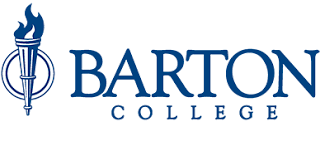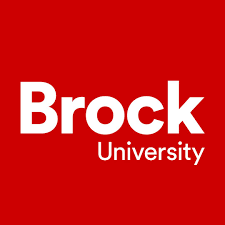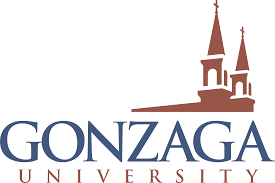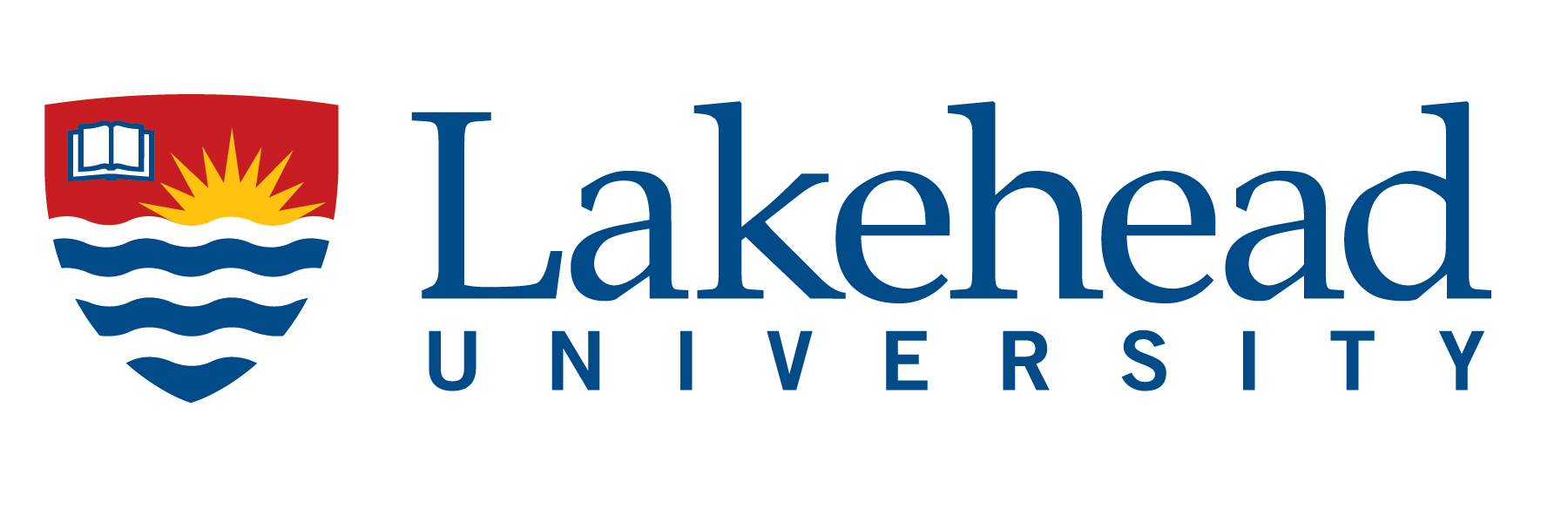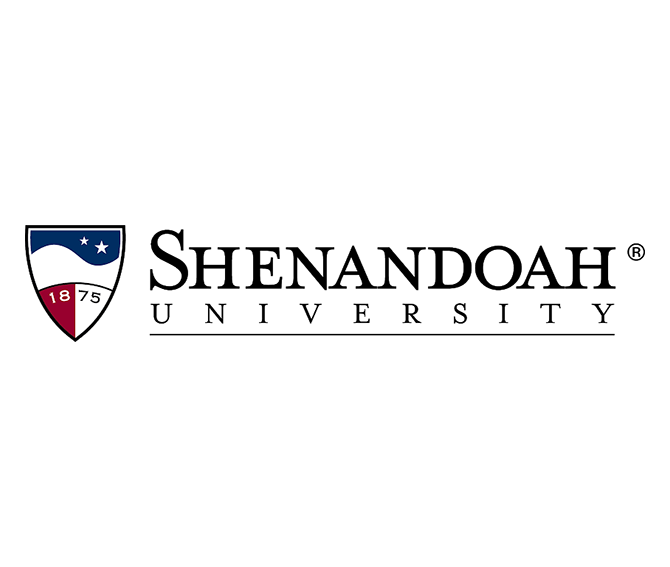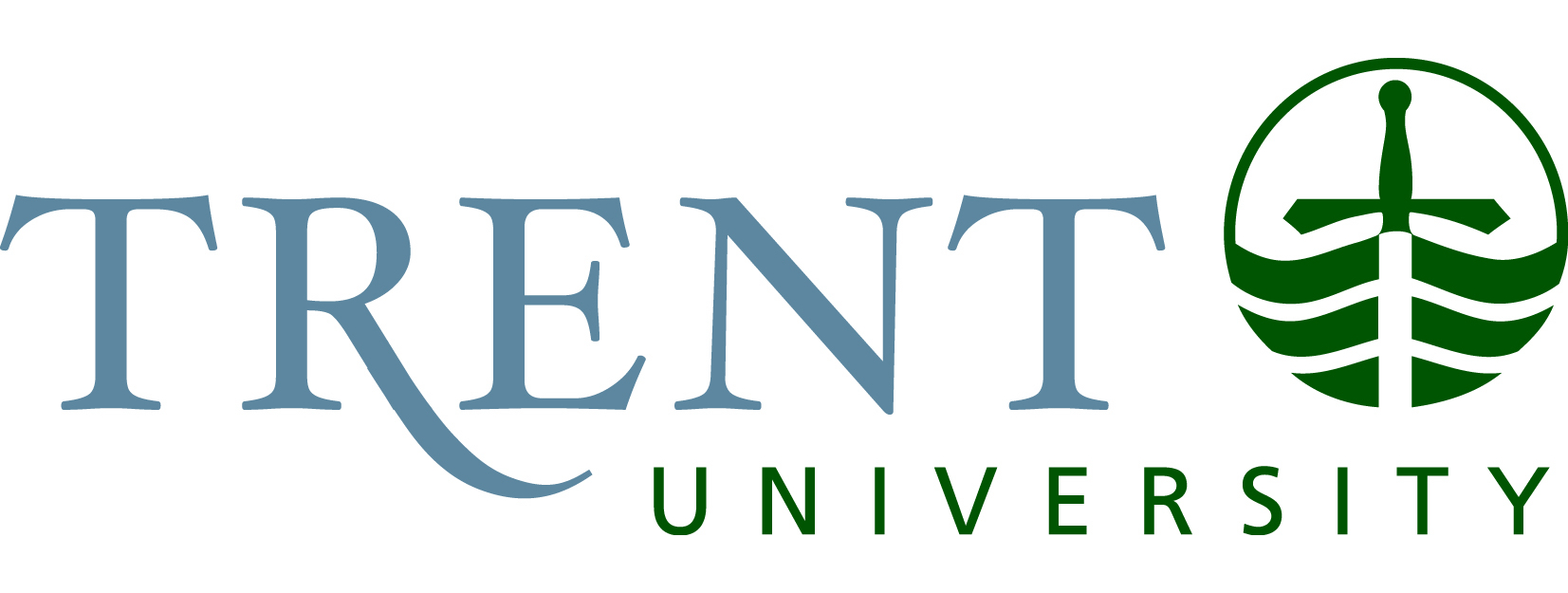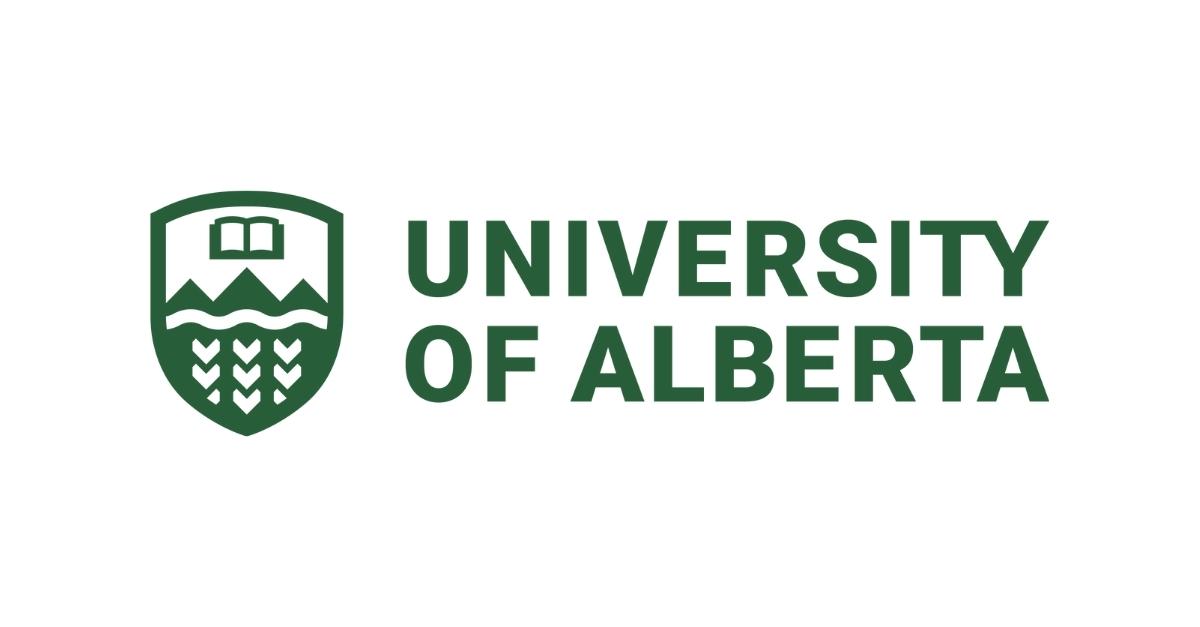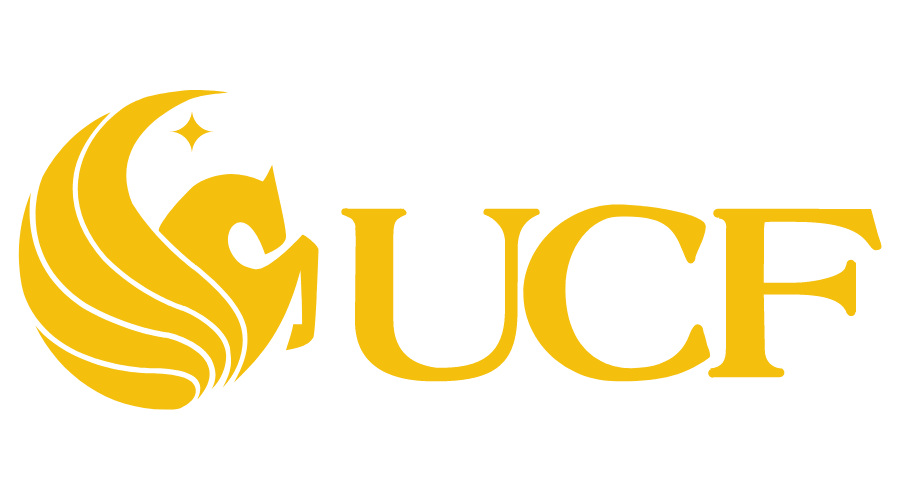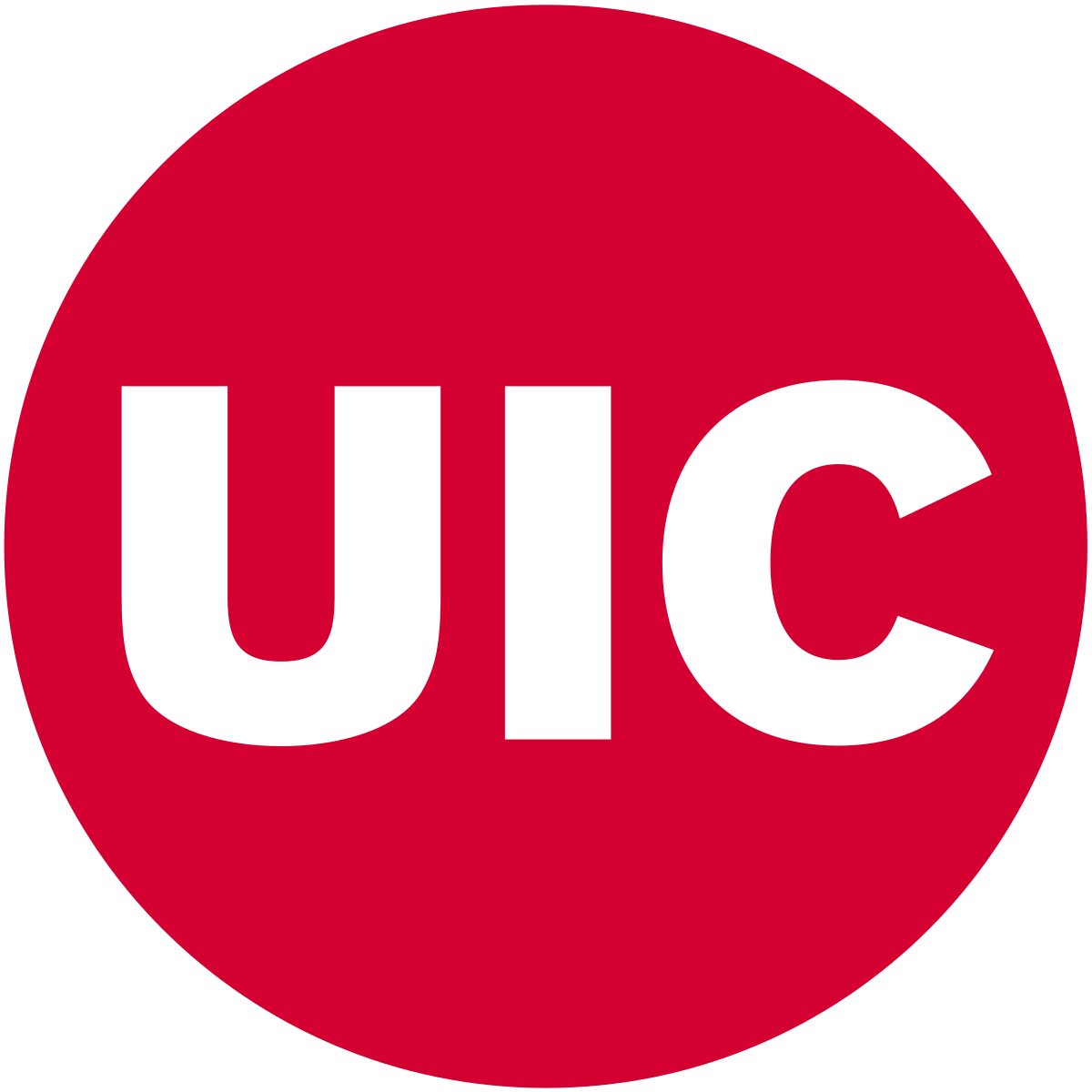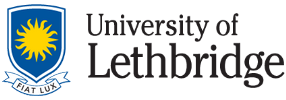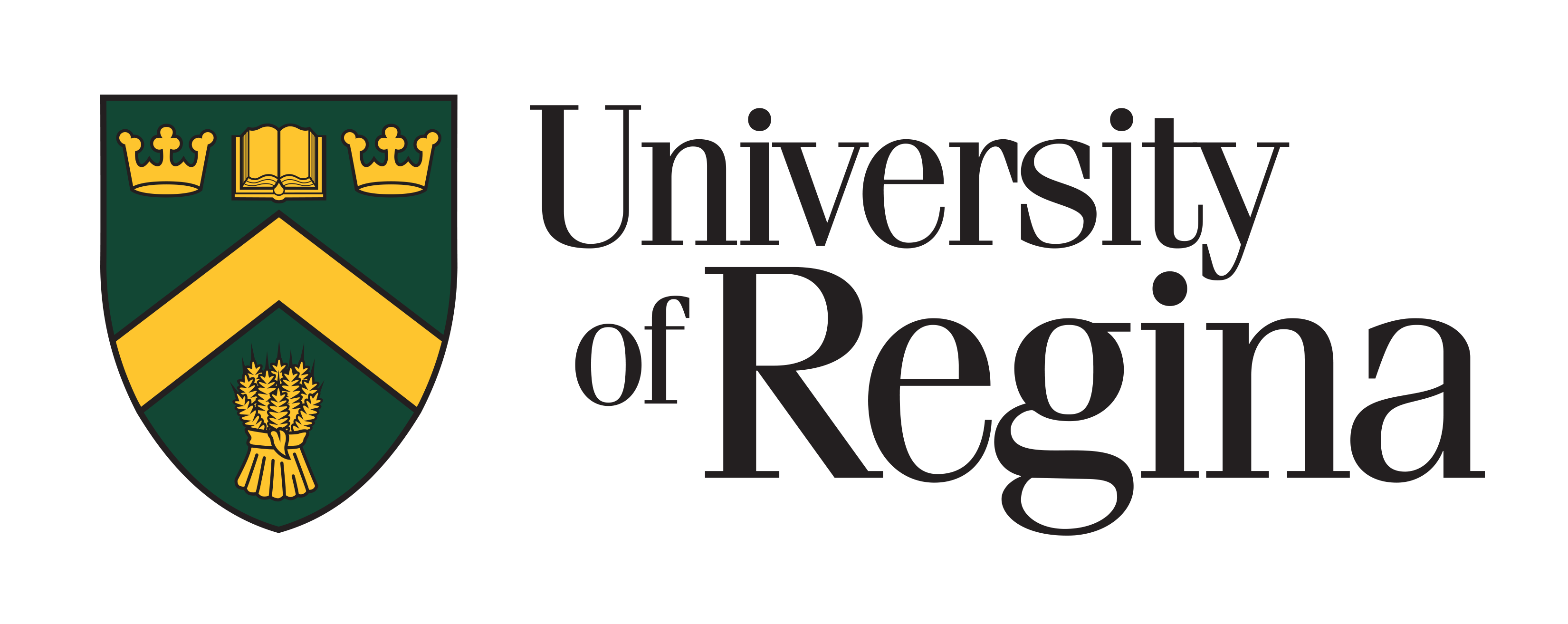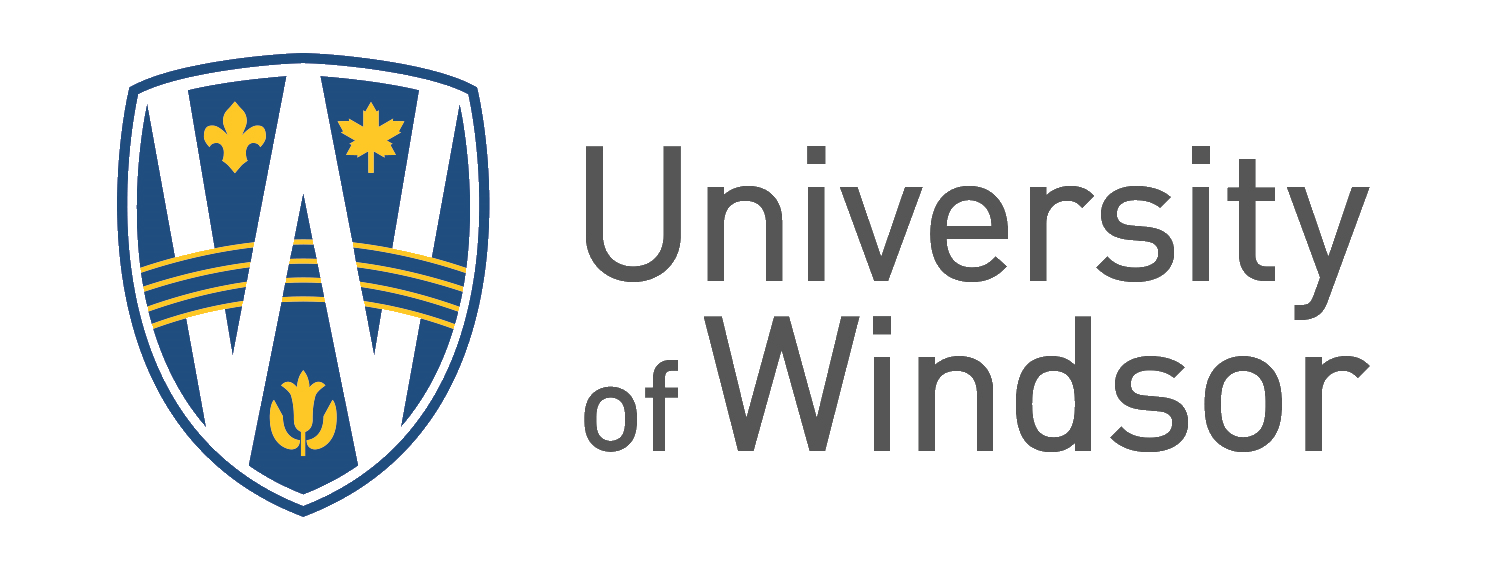Kinesiology: Study the Science of Human Movement Abroad
Welcome to the ultimate guide for Indian students aspiring to pursue Kinesiology abroad. Kinesiology, the scientific study of human movement, combines elements of biology, physics, psychology, and exercise science to understand how the body moves and functions. In an era where health, fitness, and sports are booming industries, a degree in Kinesiology opens doors to rewarding careers in rehabilitation, sports training, and wellness. For Indian students, studying this field internationally offers access to world-class facilities, cutting-edge research, and global networks that can supercharge your career back home or worldwide.
With India's growing emphasis on sports and healthcare—think of the rising popularity of yoga, fitness centers, and Olympic aspirations—Kinesiology graduates are in high demand. Abroad, you'll gain practical skills through labs, internships, and collaborations with top athletes, something often limited in domestic programs. This page breaks down everything you need to know: from course details to application tips tailored for Indian applicants.
What is Kinesiology?
Kinesiology derives from the Greek words "kinesis" (movement) and "logos" (study). It's an interdisciplinary field that explores how muscles, bones, and nerves work together to enable motion. Unlike general exercise science, Kinesiology dives deeper into the mechanics and physiology of movement, preparing you to address issues like injuries, aging, or performance enhancement.
Key areas include:
- Anatomy and Physiology: Understanding the human body's structure and functions.
- Biomechanics: Applying physics to analyze forces in movement, like how a runner's stride affects speed.
- Motor Control: Studying how the brain coordinates movements.
- Exercise Physiology: Examining how exercise impacts health and performance.
- Sports Psychology: Exploring mental aspects of physical activity.
Programs abroad often emphasize hands-on learning, with access to motion-capture labs, gait analysis tools, and sports clinics. This practical edge is ideal for Indian students who want to blend traditional wellness practices (like Ayurveda) with modern science.
Why Study Kinesiology Abroad as an Indian Student?
Studying Kinesiology internationally isn't just about a degree—it's about transforming your perspective. Indian universities offer solid programs, but abroad, you'll benefit from:
- Advanced Research Opportunities: Collaborate on projects funded by bodies like the NIH (USA) or EU grants, focusing on topics like injury prevention in cricket or yoga's neuromuscular effects.
- Global Exposure: Intern with professional teams (e.g., NBA in the US or Premier League in the UK), building a resume that stands out in India's sports sector.
- Diverse Curriculum: Courses integrate cultural contexts, allowing you to study how movement sciences apply to diverse populations, including South Asian diaspora health.
- Post-Study Work Visas: Countries like Canada and Australia offer pathways to stay and work, easing the transition for Indian graduates.
- Cost-Effective Options: While tuition varies, scholarships for international students can make it affordable compared to private Indian institutions.
Moreover, with India's fitness market projected to reach $32 billion by 2026, returning with an international Kinesiology degree positions you as a leader in gyms, hospitals, or startups.
Popular Destinations and Top Universities for Kinesiology
Choosing the right country matters for curriculum quality, cost, and visa ease. Here's a comparison of top destinations popular among Indian students:
| Country | Top Universities | Average Tuition (per year, USD) | Why Ideal for Indians? |
|---|---|---|---|
| USA | University of Michigan, USC, University of Texas | 25,000 - 50,000 | Strong sports industry; GRE optional for many; OPT visa for 1-3 years work. |
| Canada | University of Toronto, UBC, McGill University | 15,000 - 30,000 | Post-Graduation Work Permit up to 3 years; multicultural environment; scholarships like Vanier for Indians. |
| Australia | University of Sydney, Monash University, UQ | 20,000 - 40,000 | Post-study work visa (2-4 years); focus on outdoor sports; Destination Australia scholarships. |
| UK | University of Loughborough, Brunel University, St Mary's University | 18,000 - 35,000 | Graduate Route visa (2 years stay); strong ties to Indian sports like field hockey. |
| New Zealand | University of Auckland, Otago University | 15,000 - 25,000 | 1-3 year post-study visa; safe, nature-focused programs; emerging scholarships for South Asians. |
These universities rank highly in QS World Rankings for sports-related subjects. Indian students often choose Canada for its welcoming policies and proximity to India via direct flights.
Curriculum and Program Structure
Kinesiology programs are offered at bachelor's (3-4 years), master's (1-2 years), and PhD levels. Undergraduate degrees build foundational knowledge, while graduate programs focus on research or clinical practice.
Typical Bachelor's Curriculum:
- Year 1: Intro to Kinesiology, Human Anatomy, Basic Physics.
- Year 2: Physiology of Exercise, Biomechanics, Nutrition for Athletes.
- Year 3: Motor Learning, Sports Injuries, Research Methods.
- Year 4: Internship, Capstone Project (e.g., analyzing cricket biomechanics), Electives like Pediatric Kinesiology.
Master's Specializations:
- Clinical Kinesiology: Focus on therapy and rehabilitation.
- Sports Performance: Training elite athletes.
- Exercise Science: Health promotion and wellness programs.
- Ergonomics: Workplace movement and injury prevention.
Many programs include certifications like CPR or personal training, enhancing employability. For Indian students, electives on cultural movement (e.g., Bharatanatyam biomechanics) are increasingly available.
Eligibility Criteria for Indian Students
Admission requirements vary, but here's a general checklist:
- Academic Qualifications: 10+2 with Science (Physics, Biology, Chemistry) at 60-70% from CBSE/ICSE; GPA 3.0+ for undergrad.
- Standardized Tests: SAT/ACT for bachelor's (optional in some); GRE for master's (waived post-COVID in many unis).
- English Proficiency: IELTS (6.5+), TOEFL (80+), or PTE (58+). Duolingo accepted in some.
- Documents: Transcripts, SOP (highlighting interest in movement sciences), LORs (2-3 from teachers/coaches), Resume.
- Visa Requirements: Proof of funds (e.g., CAD 20,000+ for Canada), health insurance, and biometrics.
Indian students should apply 6-12 months in advance. Bridge programs exist if your undergrad isn't in a related field.
Career Opportunities After Kinesiology
A Kinesiology degree equips you for dynamic roles. Globally, the field is growing at 10-15% annually due to aging populations and sports investments.
Entry-Level Jobs:
- Personal Trainer/Fitness Coach: Salary $40,000-$60,000 USD starting.
- Physical Therapy Assistant: Work in clinics, earning $45,000+.
- Sports Coach: For schools or clubs, especially cricket/football in India.
Advanced Careers (with Master's/PhD):
- Physical Therapist: Diagnose and treat movement disorders; $85,000+ median salary.
- Sports Scientist: Optimize athlete performance; roles with IPL teams or Olympics.
- Corporate Wellness Consultant: Design employee fitness programs; booming in Indian IT firms.
- Researcher/Professor: Academia or labs studying topics like diabetes management through exercise.
In India, graduates can join AIIMS, ISRO's sports programs, or startups like Cult.fit. Abroad experience boosts salaries by 20-30% upon return.
Scholarships and Financial Aid for Indian Students
Funding is crucial—don't let costs deter you. Key options:
- University-Specific: UBC's International Leader of Tomorrow (up to full tuition); Monash International Merit (AUD 10,000).
- Government Scholarships: Fulbright-Nehru (USA) for master's; Commonwealth (UK/Australia) covering tuition + stipend.
- Indian Government Aid: ICCR scholarships for undergrad; National Overseas Scholarship for SC/ST students.
- Private Funds: Inlaks Shivdasani (up to $100,000); Aga Khan Foundation for low-income families.
Average living costs: $10,000-15,000 USD/year. Part-time work (20 hours/week) is allowed on student visas, helping with expenses.
How to Apply: Step-by-Step Guide
- Research Programs: Use sites like Studyportals or university portals; shortlist 5-7 based on rankings and fees.
- Prepare Documents: Get transcripts attested by Indian authorities; draft a compelling SOP linking your background (e.g., school sports) to Kinesiology.
- Take Tests: Book IELTS/TOEFL early; practice for interviews.
- Submit Applications: Via university portals or UCAS (UK); deadlines: Sept-Jan for fall intake.
- Secure Funding: Apply for scholarships simultaneously; prepare financial proofs.
- Visa Application: After offer letter, apply via VFS Global; attend biometrics in India.
- Pre-Departure: Arrange accommodation, health check, and join Indian student groups abroad.
Our study abroad counselors can guide you through personalized consultations. Start your journey in Kinesiology today—move towards a healthier, active world!



